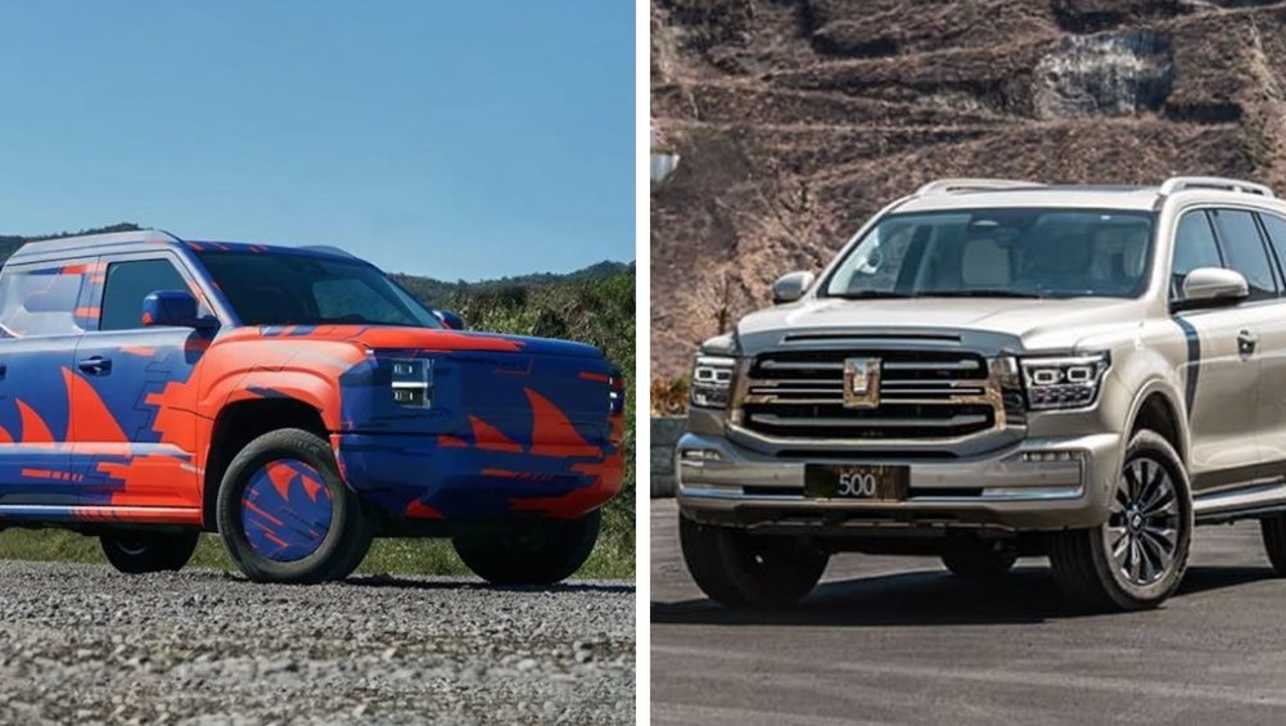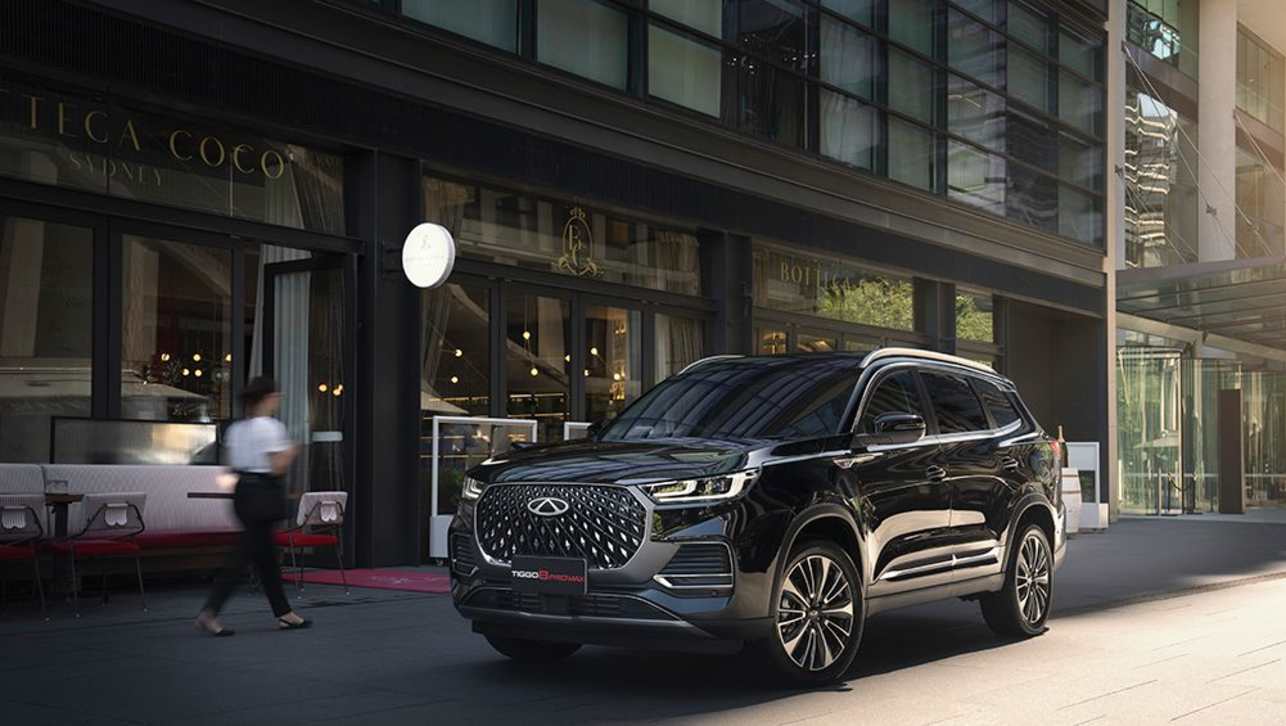In the city of Wuhu, China, on the Yangtze River, more than 25,000 blue-uniformed workers are busy churning out cars for Chery Automobile. As they motor through double shifts using the latest imported technology, they're also helping to change the dynamics of the global car industry.
Barely a decade after it was founded, state-owned Chery has emerged as China's largest independent vehicle maker; and one that is determined to compete against the world's automobile giants.
“In the beginning, no one had confidence in us,” says Yin Tongyao, Chery's chairman and general manager, in a rare interview. Now, he says, “we are looking globally for markets.”
The tale of Chery's improbable rise is in large part the story of China's ballooning domestic car market, which has roughly doubled in size since 2004. Its products; mostly inexpensive cars and SUVs, which are also gaining a following in developing countries hungry for low-cost vehicles.
But rapid growth is already taking its toll, as executives strain to manage the company's expansion amid a shortage of experienced workers. “We are still fighting for our survival,” says Mr Yin. “We didn't get to learn from the books. We have to learn everything by doing it.”
In July, the company signed a landmark deal with Chrysler to sell a series of small cars made by Chery under the American car maker's Dodge brand.
The pact marks the first time that one of Detroit's Big Three has outsourced the production of entire vehicles to a Chinese company. The deal also sends a warning to high-cost workers in the US and Europe that even more of their jobs could be at risk.
Chery's arrangement with Chrysler follows years of breakneck expansion. Sales of Chery cars have increased more than tenfold since 2001. This year, Chery expects to sell more than 400,000 compacts, sedans and sport utility vehicles. By 2010, the company says, it will be turning out a million vehicles annually, for markets both at home and abroad.
Holding the reins of this galloping enterprise are Mr Yin and a handful of other men who've been with the company since it started as the brainchild of local Communist Party officials in the poor eastern province of Anhui.
The corporate culture they spawned is an odd hybrid of communist state enterprise and entrepreneurial start-up. Party propaganda posters hang on factory walls. “Know plain living and hard struggle,” one poster exhorts workers, “do not wallow in luxuries and pleasures.” In another part of the plant, bulletin boards display quality-survey data from JD Power & Associates comparing Chery's cars with those of its rivals.
Inside the gates of Chery's sprawling production complex, where few foreign reporters have been allowed before, assembly lines run 16 hours a day. Much of the equipment is state-of-the-art, imported from Europe.
Chery this year expects to export more than 110,000 cars, up from 50,000 in 2006, mainly to emerging markets such as Russia, the Middle East and Latin America, where its low prices are helping to win it business. The company is building a car-shipping port on the Yangtze near its plant to send vehicles to China's coast and overseas.
Still, Chery remains far smaller than the world's big car makers. Volkswagen, General Motors, Toyota and Honda, which have each outsold Chery in the China market so far this year. World-wide, GM and Toyota both sell nearly 9 million vehicles a year.
At Chery's research and development centre, engineers say they are now developing 40 to 50 new car models, at least 10 of which could be ready for production as soon as next year.
Chery says it expects to benefit from Chrysler's technical expertise and established sales and service networks. Even though their cars will be sold under the Dodge brand, they expect consumers will know they are made in China by Chery.
“People look down on our products. There are many doubts about our safety and quality,” says Mr Yin. Selling under the Dodge name initially will boost buyers' confidence, he says. “If we work together with Chrysler, we can go global faster.”
Chery has combined low wages with massive capital investment and other government-backed support. This recipe is powering the latest phase of China's industrial revolution, helping firms in industries from cars to consumer electronics become significant global players.
Junior engineers at Chery earn $US6000 ($6850) a year, and many sleep in bunk beds four to a room in company dormitories. Some don't have driver's licences and, like most Chinese people, didn't grow up riding around in a family car. Few workers can afford to buy cars they make.
Assembly-line workers earn an average of slightly more than $US1 an hour — far less than their counterparts in Europe or North America but, in Anhui, a sought-after wage.
Chery can “offer low-cost platforms with speed,” says Tom LaSorda, president and vice-chairman of Chrysler, which has said it will eliminate 25,000 jobs in North America. Visiting Chery's plants in 2006, he says, he found that “everything was very familiar,” with production processes and equipment very similar to those in top Western factories.
Chery started building its first factories in March 1997. It hired a Taiwanese company to help it design its first model, a sedan known as the Fengyun, or Wind Cloud, which was cobbled together mostly using parts from components makers that supplied the China operations of VW and GM. The first cars rolled off the line in December 1999.
But Chery wasn't allowed to sell them, since it didn't have a government licence to be in the car business. The red tape was eventually untangled when Chery briefly became part of the much larger Shanghai Automotive Industry Corp, a large state-owned company with partnerships with GM and Volkswagen. The Fengyun hit the market in 2001 and 28,000 were sold.
Chery also began work on a four-door hatchback mini-car, which would lead to accusations that the young company was knocking off the designs of its competitors. The car, which went on sale in 2003 and is known as the QQ, is similar to a GM model known as the Chevrolet Spark.
GM sued Chery in a Chinese court in 2004, alleging that the company had illegally copied its design for the Spark. The companies settled the lawsuit in 2005 without disclosing the terms of their agreement.
Amid the controversy over the QQ, a fundamental shift was happening. In 2003, executives and government planners decided that Chery should go beyond recycling outdated technologies for the local market. They envisaged the company as an international player.
Encouraged by sales in Chery's first two years and by signs that China's car market was revving up, the company and its state owners decided to embark on a massive new investment program. Chery also stepped up its efforts to recruit Chinese nationals working for car companies abroad, as well as to bring foreign expertise to Wuhu.
“There's no way you can move slowly and catch up,” says Xu Min, a former Chery engineer who is now dean of Shanghai Jiao Tong University's Institute of Automotive Engineering. “It took the Japanese two or three decades. We didn't have that kind of time.”
The central goal to acquire and develop technology that would belong to Chery and help it compete even in the US and Europe, with their daunting regulatory hurdles and high customer expectations.
In 2003, Chery recruited Mr Xu, the engineer who is now an academic. Mr Xu, who was at the time a specialist in combustion and fuel injection at Delphi Corp in the US, says he got the hard sell from executives seeking to bring him back to Anhui, where he was born.
Mr Xu says a lot of his friends questioned his decision to leave a secure job in Detroit for a post at a then unknown Chinese company. But he says he felt he was hitting a wall in the US.
“In Detroit, you could spend years on something and never see it commercialised,” he says. “The pace was so slow.”
Chery, on the other hand, wanted Mr Xu to oversee a project that would develop three new families of engines within just a few years.
The engines are now good enough that Italian car maker Fiat plans to use them in some of its cars as well, buying them directly from Chery.
Earlier this year, Chrysler executives visiting Chery could see the rapid progress that occurred over 18 months.
“I would say the 'aha' moment for us would be when we subsequently visited Chery (in June),” says Richard Chow-wah, a Chrysler senior vice-president.
He adds that the “ability to make decisions quickly without a lot of bureaucracy was what was most impressive.”
What are some of the rumours you have heard about Chinese cars?





.jpg)
.jpg)



.jpg)
.jpg)

.jpg)


.jpg)



.jpg)






Comments